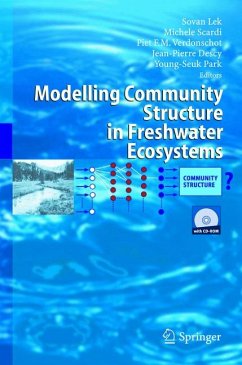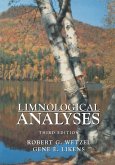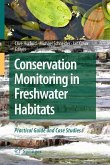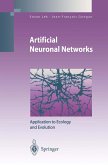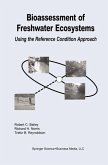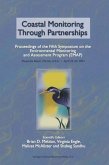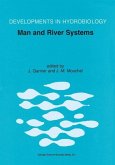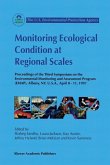This volume presents approaches and methodologies for predicting the structure and diversity of key aquatic communities (namely, diatoms, benthic macroinvertebrates and fish), under natural conditions and under man-made disturbance. The intent is to offer an organized means for modeling, evaluating and restoring freshwater ecosystems.
Dieser Download kann aus rechtlichen Gründen nur mit Rechnungsadresse in A, B, BG, CY, CZ, D, DK, EW, E, FIN, F, GR, HR, H, IRL, I, LT, L, LR, M, NL, PL, P, R, S, SLO, SK ausgeliefert werden.

